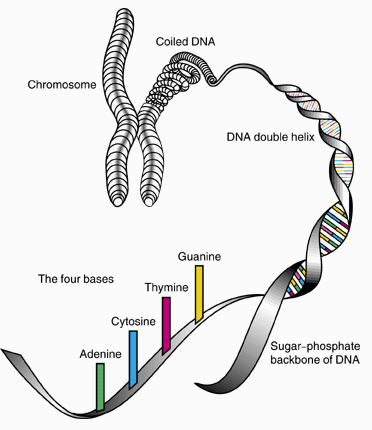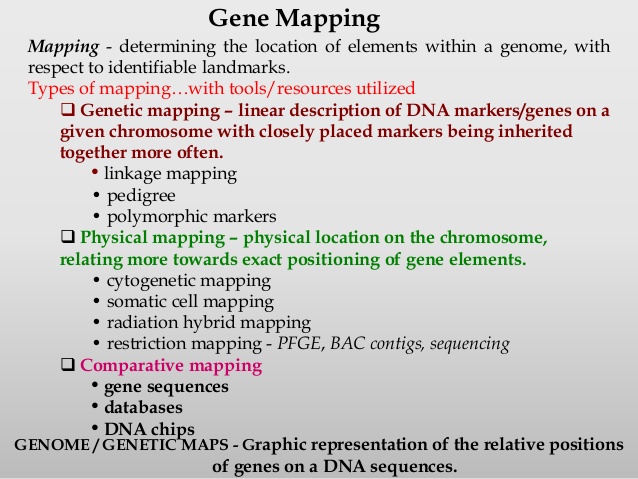Relevance: Prelims/Mains: G.S paper III: Science
Why In news?
- The government has given clearance to an ambitious gene-mapping project, estimated to be worth Rs 238 crore.
- The Genome India Project, which has been described by those involved as the “first scratching of the surface of the vast genetic diversity of India”, involve over 20 scientists from institutions including the Indian Institute of Science (IISc) in Bengaluru and a few IITs.
About:
- The project was able to identify the locations of many human genes and provide information about their structure and organisation.
What does genome-mapping tell us?
- According to the Human Genome Project, there are estimated to be over 20,500 human genes. Genome refers to an organism’s complete set of DNA, which includes all its genes and mapping these genes simply means finding out the location of these genes in a chromosome.
- In humans, each cell consists of 23 pairs of chromosomes for a total of 46 chromosomes, which means that for 23 pairs of chromosomes in each cell, there are roughly 20,500 genes located on them.
- Some of the genes are lined up in a row on each chromosome, while others are lined up quite close to one another and this arrangement might affect the way they are inherited.
- Genome mapping, therefore, essentially means figuring out the location of a specific gene on a particular region of the chromosome and also determining the location of and relative distances between other genes on that chromosome.
- Significantly, genome mapping enables scientists to gather evidence if a disease transmitted from the parent to the child is linked to one or more genes. Furthermore, mapping also helps in determining the particular chromosome which contains that gene and the location of that gene in the chromosome.



